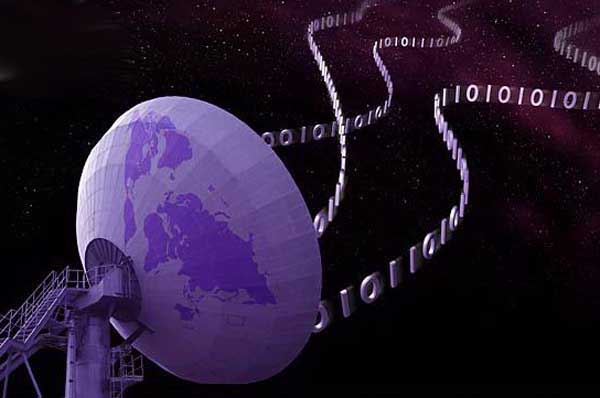
While reading a client who was concerned about her 6 year old's reading skills - I did what I always do - I aligned my grid with his and took a look at the way his brain works. Lo and behold, the boy is a visual learner - those who learn things best through seeing what needs to be learned - especially with animation. Even adults have preferences to learning through reading or visual stimulation. When we take this one step further - we get to visualization and meditation, where learning moves to a higher frequency of thought and comprehension. Our universe is a universe city or university in which the brain is a complex computer creating learning experiences which we assimilate and process throughout our lives here.
Reading falls into two categories - word recognition and comprehension - the latter of which is more important.
How we learn:
- Reading
Visual stimulation - including pictures, videos and YouTube, lectures with interesting visual aids (a picture is worth a thousand words)
Personal experiences go to travel, hands on experiences - Kinesthetic learning - Auditory learning - and more
A combination of all of the above
-
A lucky child/adult has a photographic memory. We are seeing more children born with near-to-perfect photographic memories helping them function in the computer age. The Autism and Aspergers Spectrums are expanding. Your brain's programming for learning may be outdated in the high-tech world.
-
There are many interesting new tools out there to help the visual learner.
 iPad app shows promise in strengthening the reading skills of young children PhysOrg - July 12, 2012
iPad app shows promise in strengthening the reading skills of young children PhysOrg - July 12, 2012
An experimental iPad application is showing promise as being a valuable tool for teachers in building on the reading skills of young children. The application, SeeWord Reading, is a digital, interactive tool that uses visual communication principles to provide graphic cues so that young learners can link sounds to letters in the alphabet. In a randomized study, student performance on word identification improved to a greater extent using the SeeWord Reading training program, compared with groups that were not trained in the program. The researchers say their findings demonstrate the effectiveness of the SeeWord Reading tool as a means to advance early word reading skills and support its use as an engaging supplement for teaching letter/sound correspondence to at-risk, beginning readers.
-
On a side note for the metaphysical reader ...
Don't go to the outdated metaphysical philosophy about the "Indigo Child" - a label created for children who are challenged and whose parents have rationalized that they are here for special purpose to heal, help, or save the planet - not true. Forget woo-woo theories. No one can save the planet. Look around. The grids are collapsing. Nothing works. This summer alone has showed us that weather patterns are destroying much of what we need to sustain life here, a pattern that is accelerating exponentially. The people who tell me they can survive on their organic farms had better look again at weather patterns and what they are doing to the agricultural industry.
-
In conclusion ... what I love most about the minds of today's children is that many of them are programmed to get that it's all an illusion and we live in a matrix of experiences. It's all about getting the message and understanding the codes.
